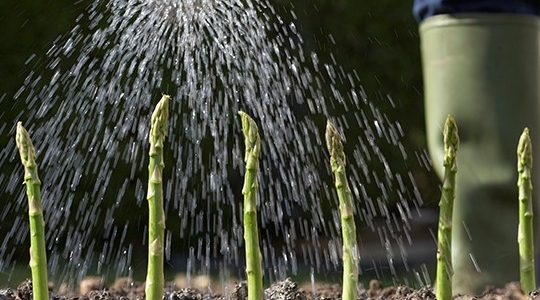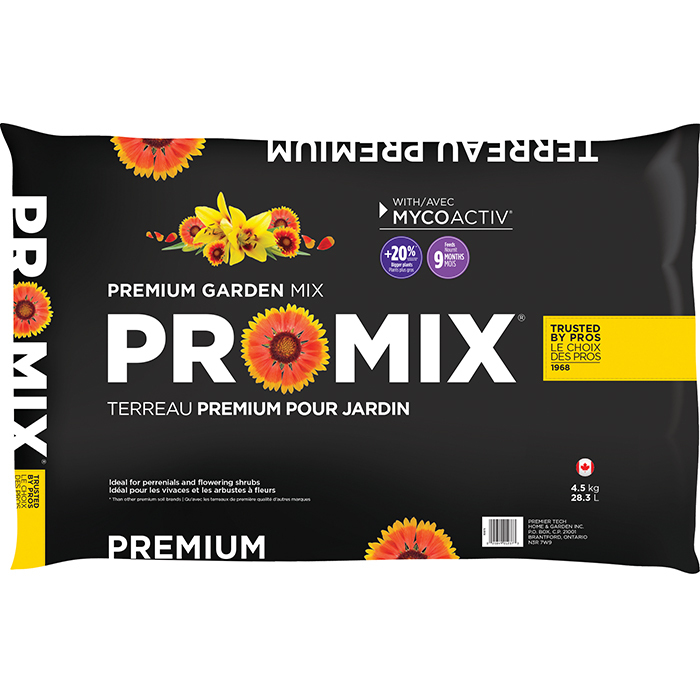As you venture out into your garden this weekend you may contemplate where you will plant some edibles like veggies, herbs, fruiting bushes and the like. Well, if seeking good value courses through your veins, I have some news for you. The best value for your gardening dollar [and effort] is as near as your farmers’ market or garden retailer. Here are some plants that produce a great crop year in, year out AND they are pretty low maintenance, too. So you can have your asparagus and eat it too.
Asparagus
I was not sure whether to list my top 5 best value edibles alphabetically or in order of preference. Either way, asparagus tops the list. It is a peculiar plant, with roots in eastern European countries and western Asia. The oldest surviving cook book is all about asparagus, written by Aspicus in the third century. So you know we’ve been eating the stuff for some time. To grow asparagus I encourage you to plant the 2 year old ‘roots’ that are available at garden retailers and mail order garden catalogues everywhere. These roots will save you two years of waiting for seeds to grow to the same stage. Dig a trench 30 cm deep and equally wide and turn in generous quantities of PREMIER® BIO-MAX® Compost in the bottom of the trench, about 10 cm deep. You will feel like you are digging a grave at this point but I assure you that your asparagus crop is a celebration of life as each spear contains more vitamins and minerals than I have space to list here. It would be easier to tell you what asparagus does not contain, of a healthy nature. Note that female plants produce mildly poisonous berries. Plant the roots in the bottom of the trench. As they grow, gradually fill in the trench with PRO-MIX® Garden Mix. In about 4 weeks your green shoots will be reaching for the sky. Now wait for 3 years for your first crop of fresh asparagus. Your patience will pay off as your asparagus patch will, in all likelihood, out live your tenure at your current place of residence. I have seen patches of the stuff still producing after 30 years. Diligent weed control is the long range answer to success. That and an annual layer of PREMIER® BIO-MAX® Compost over the roots, about 4 cm thick.
Rhubarb
The expressions about ‘rhubarb’ often suggest that the word is used as a substitute for the word ‘nonsense’. I can tell you that having it in your garden is anything but. It is so easy to grow that you will find yourself wondering why you didn’t plant it years ago. It requires an organic, rich soil, loves the sun and welcomes spring before most any other edible in the garden. Amend the garden soil with Pro-Mix Garden Soil before planting rhubarb roots. I have been pulling my rhubarb for about 3 weeks now [you pull it, don’t cut it]. No need to be jealous, just make some room for a root or two in your garden and you will be pulling it too, in about 3 years. Take only the long, young stalks and cut off the leaves [which are poisonous]. Remove flower stalks as they are produced to maximize leaf/stem production. As your plants mature they will produce a crop for up to 10 weeks, but not until they have been established for 5 or more years. Don’t delay. Time is ticking by. Once planted, rhubarb goes on forever.
Strawberries
They love the sun, they are easy to grow but not always easy to keep the birds out of as they ripen [a layer of cheese cloth draped over them at harvest time usually prevents this problem]. Buy one year old plants this time of year and line them out in a row about 30 cm apart in quality soil. Pro-Mix Garden Soil works like magic. Keep weed free and let the runners establish themselves as they are produced. They will root where they grow. For the first two seasons remove the fruit to encourage lots of ‘top’ growth and in the third season get to work picking, cleaning and eating the sweetest strawberries that you have ever tasted. They always taste sweeter when you grow them yourself. I mulch my strawberries with a thick [20 cm] layer of clean straw each fall [thus the name] and remove it mid May to encourage the sun to work its magic.
Raspberries
Ever-bearing or July-bearing? You choose. I think both have their advantages: July-bearing produce an abundant, sweet tasting crop that is over in 2 to 3 weeks. Perfect for preserving or freezing. Ever-bearing are actually ‘late season’ bearing, producing most abundantly mid August through September. I remember when my mother-in-law picked a crop of ever-bearers in a snow storm in November and made a pie with them the same day. You get the idea. The only downside to the ‘everbearing’ varieties is that you get a smattering of a ripening crop over a period of several weeks and they are not as sweet tasting as the July-bearing. Nothing is easier to grow, however. And they produce a crop for years after being planted. Prune raspberries annually to maximize the fruiting potential and to avoid having them take over your property. I prune mine down very hard in late summer, to about 20 cm high [July-bearing] and the ever-bearing varieties I prune down to 50 cm high in late fall or early spring.
Oregano
I planted a small pot of oregano 8 years ago and now it covers half an acre. Ok, I made that up. But it IS aggressive, loves the sun, is attractive with its deep green foliage and it actually makes a good looking ground cover. A ground cover that you can walk on AND eat. To keep it under control dig it up this time of year and bury the unwanted parts in your compost.
Plant, eat, live: edible gardens for a long healthy life.





